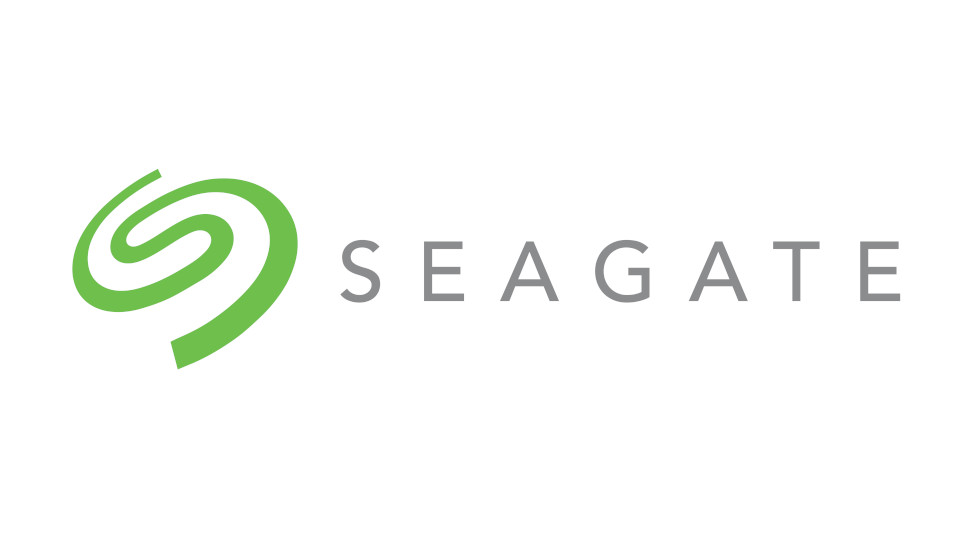Someone reviewed a stealth HDD that's not supposed to exist – meet Seagate's very unique 25TB hard drive, so special it's not listed anywhere, and won't work with Windows or Mac
The Exos X26z is the largest hard drive Seagate makes – but you currently can't buy it anywhere unless you're a very specific type of customer

Browse through Seagate's repertoire of enterprise hard drives and you'll see some of the best HDDs you can buy, but one that's absent from its listings and nearly impossible to get ahold of is the Exos X26z.
This 3.5-inch 25TB enterprise hard drive is unlike any other, in that it's a host-managed shingled magnetic recording (HM-SMR) unit, and doesn't work on either Windows or MacOS – the two most popular desktop operating systems. Instead, you'll need a Linux distro to successfully integrate into your IT infrastructure.
It's also unobtainable through regular channels and is created exclusively for Seagate's largest enterprise customer. Indeed, these drives are really only useful for the largest hyperscalers in that they can increase the capacity per slot by 25% versus conventional hard drives. This is according to Storage Review, which was able to obtain one of these mercurial units through eBay.
How does Seagate's biggest hard drive perform?
Storage Review tested Seagate's 25TB hard drive, the largest currently obtainable, in several benchmarks against the firm's 20TB IonWolf Pro device.
The X26z HDD managed to hit speeds that were close to The IonWolf Pro on Sequential 128K Read and Sequential 128 Write tests – 274MB/s and 270MB/s respectively, versus 278MB/s and 286MB/s.
On Random 4K Read the X26z hit 2,121 IOPS, versus 233 IOPS in the IronWolf Pro. But on Random 4K Writes, the Exos hard drive sadly failed after 2 IOPS, while the IronWolf Pro hit 313 IOPS. Nonetheless, figures for 4K reads are impressive.
But these hard drives, despite being an impressive option for data center customers, are almost not worth pursuing if you don't have immediate access given that a new technology – heat assisted magnetic recording (HAMR) – is just around the corner.
Sign up to the TechRadar Pro newsletter to get all the top news, opinion, features and guidance your business needs to succeed!
Both Seagate and Western Digital are working on building HDDs that exceed 30TB, using this technology, which are expected to launch during 2024. Built for enterprises, they'll be able to top the biggest hard drives on the market today – and are only the beginning, with work going into building hard drives that can eventually reach 100TB.
More from TechRadar Pro
- AMD new Instinct MI300A is the most powerful APU ever with 24 Zen 4 cores and an ultra-powerful GPU that matches Nvidia's best
- We've rounded up the fastest hard drives available
- Check out the largest HDDs and SSDs you can buy today

Keumars Afifi-Sabet is the Technology Editor for Live Science. He has written for a variety of publications including ITPro, The Week Digital and ComputerActive. He has worked as a technology journalist for more than five years, having previously held the role of features editor with ITPro. In his previous role, he oversaw the commissioning and publishing of long form in areas including AI, cyber security, cloud computing and digital transformation.